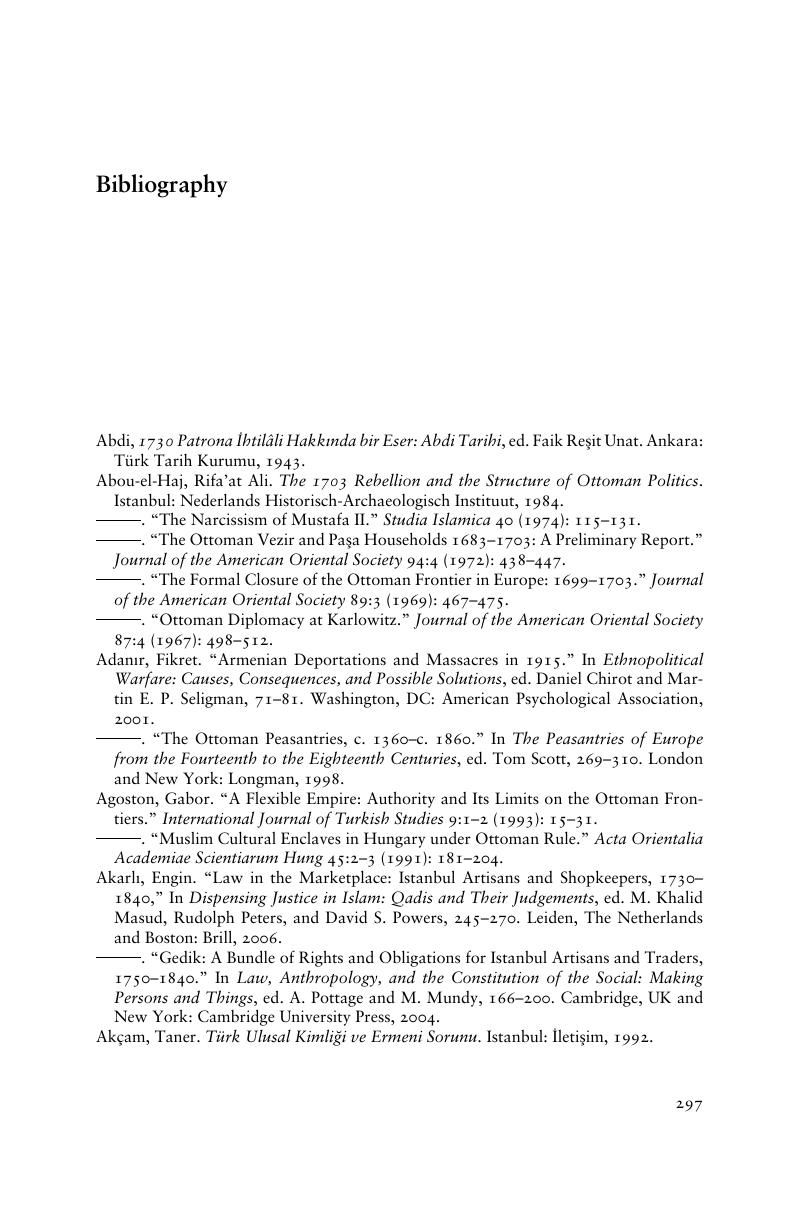Bibliography
Published online by Cambridge University Press: 05 September 2012
Summary

- Type
- Chapter
- Information
- Empire of DifferenceThe Ottomans in Comparative Perspective, pp. 297 - 322Publisher: Cambridge University PressPrint publication year: 2008

